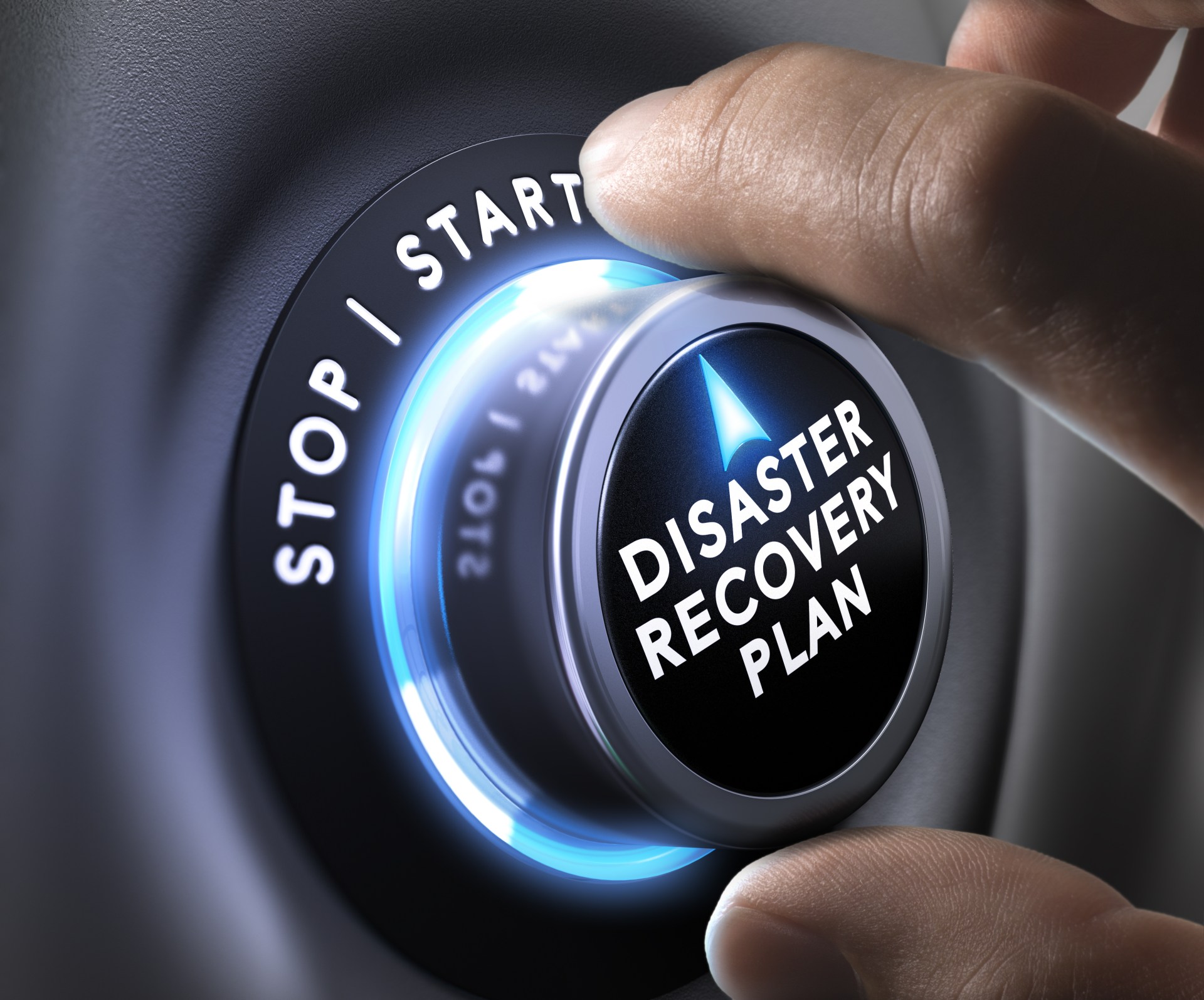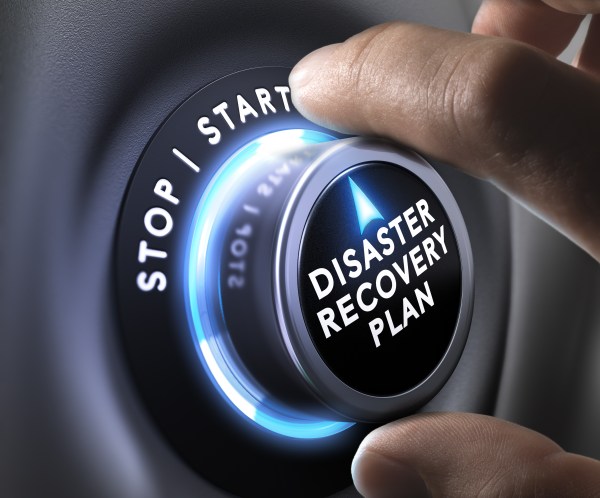All modern businesses need an IT disaster recovery solution. Furthermore, that IT disaster recovery solution will probably need to be updated from time to time to keep it relevant.
With that in mind, here is a quick guide to what you should think about when choosing an IT disaster recovery solution. It applies whether you are choosing one from scratch or thinking about updating the one you already have.
What exactly is an IT disaster recovery solution?
An IT disaster recovery solution is a solution that should protect your business from the impact of any unplanned events. The aim of any IT disaster recovery solution should be to prevent a disaster from having any impact on your business. Realistically, however, a more achievable goal is to minimize disruption (and hence impact) rather than eliminate it.
Modern disaster recovery solutions generally address three kinds of disruptions. These are technological (e.g. cyberattacks), human (e.g. physical intrusion), and environmental (e.g. extreme weather conditions). Some of these threats are caused by deliberate malice. Others are more random but may still be predictable to a certain extent.
What are the key features of an effective IT disaster recovery solution?
An effective IT disaster recovery solution needs to be secure, manageable, and efficient. In the real world, it also needs to be cost-effective. Your IT disaster recovery solution also has to work effectively within your overall disaster recovery strategy. Here is a quick overview of what that means in practice.
Security
If a disaster strikes, the last thing you want to do is end up resolving one problem by creating another. This means that whatever disaster recovery solution you use has to keep your data secure. Effective digital security rests on effective physical security. This means that your disaster recovery location has to have robust physical security.
Fundamentally, physical security basically means that nothing and nobody should be able to enter the facility without proper authorization. Proper authorization means informed authorization. In other words, it means that anyone who wants to enter the facility should be suitably vetted before any level of access is allowed.
What’s more, if access is granted, it should be granted only to the extent that it is needed. In most data centers, very few people need access to the whole site. Finally, the use of accesses should be monitored at as granular a level as possible. This does not have to mean putting CCTV cameras everywhere. Using access fobs can be just as efficient in practical terms and less intrusive.
Manageable
While manageability comes after security, it is still highly important. In fact, security and manageability are closely linked. Firstly, you can only keep assets secure if you know what they are and where they are. Secondly, a lot of security depends on simply keeping a location in good order.
Keeping a location in good order makes it much harder for unauthorized activity (deliberate or otherwise) to take place at all. It also helps to ensure that any authorized activity that does happen is quickly detected.
With regards to IT in general and IT disaster recovery solutions in particular, a large part of security is simply maintaining good IT hygiene. In particular, it means ensuring that patches and updates are applied promptly (albeit usually after suitable testing).
Many businesses want (and even need) to keep management overheads to a minimum. They, therefore, opt for ultra-low-management solutions such as managed DRaaS. If they want more direct control, they might go for solutions such as private IaaS. Alternatively, they might use colocation but have their infrastructure handled by a managed service provider.
Efficient
In the context of IT disaster recovery solutions, the most obvious measures of efficiency are the recovery point(s) and the recovery time(s). These are convenient measures but they are really measuring results rather than the efficiency by which they are achieved.
Cost is often a useful indicator of efficiency. As a rule of thumb, the fewer steps it takes to perform a task, the less it costs to perform that task. This is particularly true in the cloud where there is a direct link between activity and cost.
As a general rule, therefore, it’s preferable for IT disaster recovery solutions to do the minimum necessary to achieve their outcome. This typically means that they use the lowest amount of resources. It, therefore, makes them both more efficient and more cost-effective.
Reducing processes to their minimum number of steps often also helps to promote security. Essentially, the simpler a process is, the less scope there is for something to go wrong with it and impact security. Simple processes are also easier to manage than more complex ones.
Read More:
What Is Cloud Disaster Recovery?




